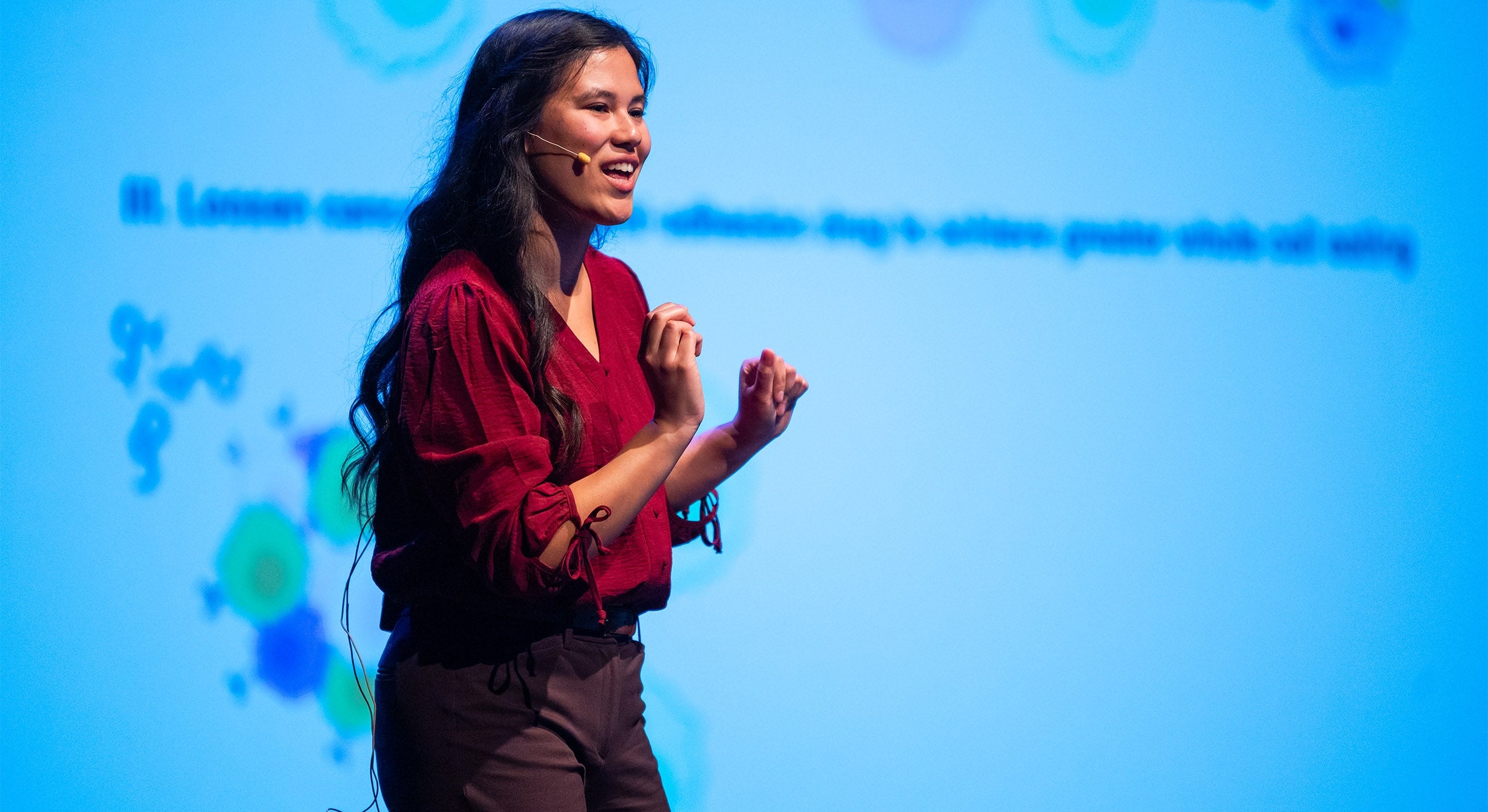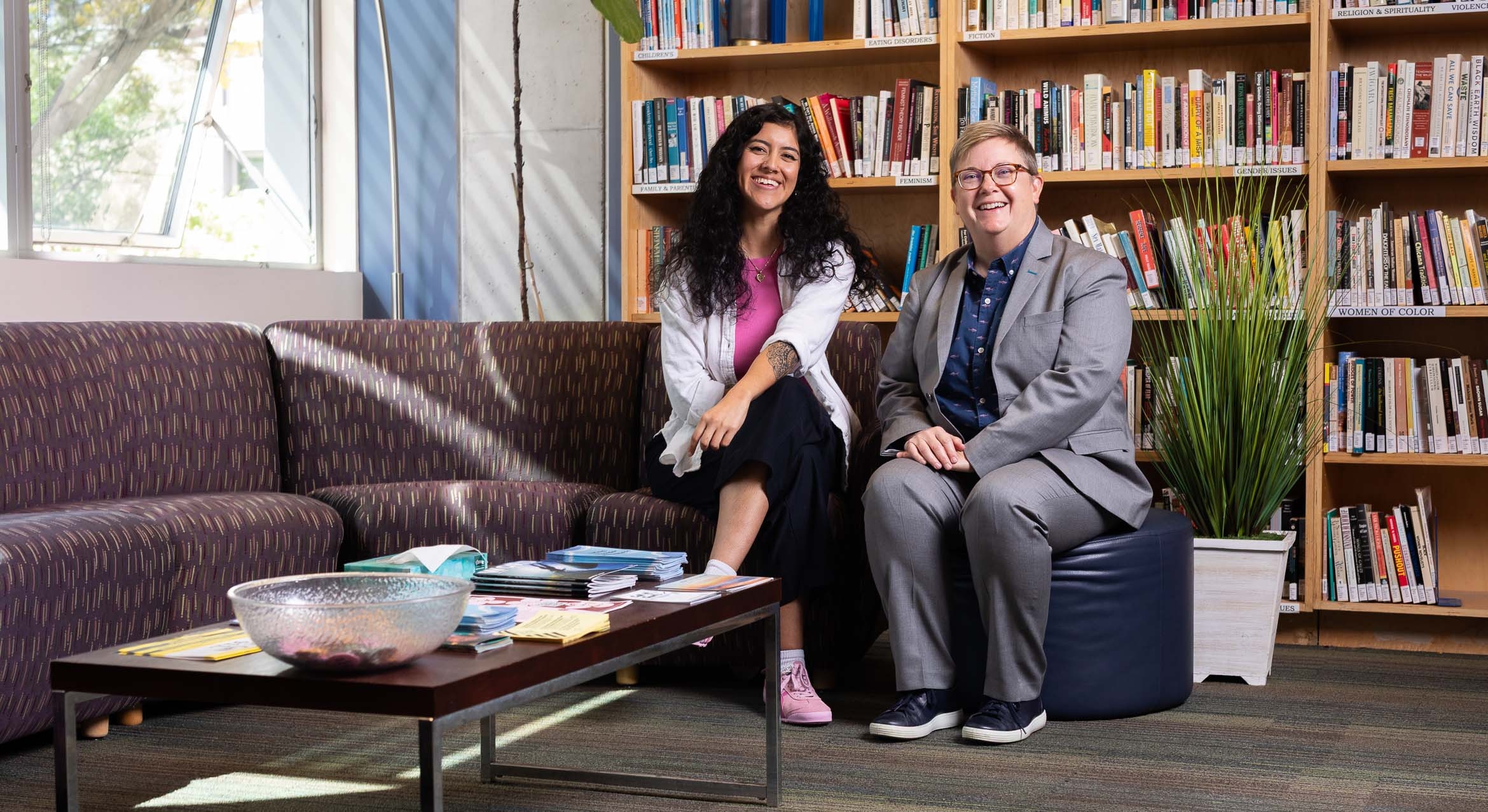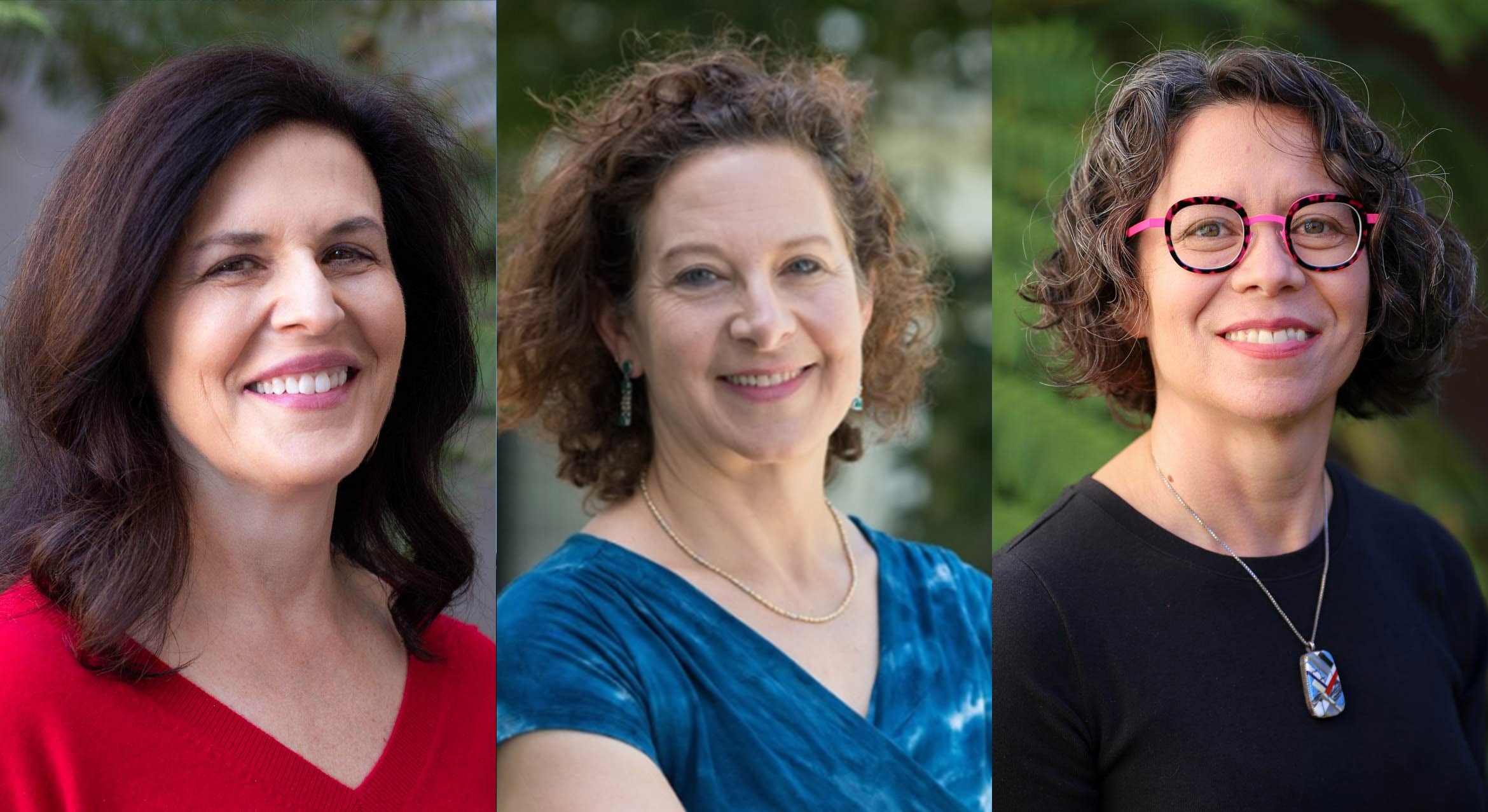TWO NOBEL PRIZE WINNERS FROM UC SANTA BARBARA _x000B_CREDIT INTERDISCIPLINARY NATURE OF THE UNIVERSITY
Two of the Nobel Prize winners announced today are members of the faculty at the University of California, Santa Barbara, an institution that is internationally known for research that transcends traditional boundaries between academic departments and for highly creative collaboration among scholars.
Herbert Kroemer, professor of electrical and computer engineering, shares the Nobel Prize in physics "for developing semiconductor heterostructures used in high-speed and opto-electronics," according to the Swedish Academy. Alan J. Heeger, professor of physics and materials, shares the Nobel Prize in chemistry "for the discovery and development of conductive polymers."
The university's chancellor, Henry T. Yang, remarking about the two Nobel Prizes at today's news conference, said the awards are "a testament to the interdisciplinary nature of so much of the research on this campus. Pioneering research that cuts across the disciplines has become the hallmark of research at UCSB."
Alan Heeger echoed that thought, saying that reaching out among disciplines will be the key to future progress. He also attributed his successful research to a strong work ethic at the university. He said that even though he received the prize in chemistry, he still thinks like a physicist.
Biographical information on the two researchers follows:
Herbert Kroemer received a Ph.D. in theoretical physics in 1952 from the University of Göttingen, Germany, with a dissertation on hot-electron effects in the then-new transistor, setting the stage for a career in research on the physics of semiconductors and semiconductor devices.
He worked in a number of research laboratories in Germany and the USA, and taught electrical engineering at the University of Colorado from 1968 to 1976. In 1976 he joined the Department of Electrical Engineering at UCSB in 1976 to put all resources it had available for expanding their small semiconductor research program, not into mainstream silicon technology, but into the emerging compound semiconductor technology. In this field, Kroemer saw an opportunity for UCSB to become one of the leading institutions. He became the first member of the group, thus founding what has grown into a large group that is second to none in the physics and technology of compound semiconductors and devices based on them.
Kroemer has always preferred to work on problems that are one or two generations ahead of established mainstream technology. In the mid 1950s, he was the first to point out that great performance advantages could be gained in various semiconductor devices (initially bipolar transistors) by incorporating what is now called heterojunctions into the devices. Most notably, in 1963 he proposed the concept of the double-heterostructure laser, the central concept in the field of semiconductor lasers, without which that field would simply not exist. These ideas were far ahead of their time, and required the development of modern epitaxial growth technology before they could become mainstream technologies, in turn providing a great stimulus towards the development of these technologies. But by 1980 the technology had progressed to the point that the 80's became what he calls a decade of "Heterostructures for Everything"--- a topic that continues to dominate compound semiconductors, and is invading mainstream silicon technology. After coming to UCSB, Kroemer turned to experimental work and became one of the early pioneers in molecular beam epitaxy, concentrating from the outset on applying the technology to untried new materials where he sees great opportunities for future devices. All his current research involves this materials combination, in a number of projects that involve high-performance devices, materials research, and new areas of solid-state physics.
Kroemer's research has been widely recognized by the semiconductor community, and he has been honored with numerous awards, including several national and international ones: J.J. Ebers Award of the Electron Devices Group of the IEEE (1973); Heinrich Welker Medal of the International Symposium on GaAs and Related compounds (1982); National Lecturer, IEEE Electron Devices Society (1983); UCSB Faculty Research Lecturer (1985); Honorary Doctorate in Engineering, Technical University of Aachen, Germany (1985); Jack Morton Award of IEEE (1986) Donald W. Whittier Chair in Electrical Engineering (1986); Alexander von Humboldt Research Award (1994); National Academy of Engineering (1997).
Alan J. Heeger, professor of the Institute of Polymers and Organic Solids and Departments of Physics and Materials at the University of California, Santa Barbara. He was born in Sioux City, Iowa and is married with two children.
Heeger taught at the University of Pennsylvania, University of Geneva, and University of Utah, before joining the faculty at UCSB in 1982. That year he also became the director of the Institute for Polymers and Organic Solids at UCSB. Heeger is one of the pioneer in the field of conducting polymers: a class of materials which promise revolutionary applications for electronic materials at a fraction of the cost of silicon based semiconductors. In 1977 he and his colleagues discovered conducting polymers, a novel class of materials with electrical and optical properties like metals and semiconductors, coupled with the mechanical and processing advantages of polymers.
He has not only been a leading personality in the discovery of conducting polymers, but also a pioneer in exploring the basic science underlying their properties and in establishing the conceptual and theoretical framework of the entire field. In addition, he encouraged the development of these novel polymers into stable materials suitable for broad use by industry in a wide range of applications.
Heeger and associates discovered "counter-ion induced processible polyaniline technology" to the point it can be used in many industrial products. Examples of applications include conducting polymers blends for electromagnetic shielding and for anti-static packaging; conducting polymers for use in electrochemistry (including electrochromic windows and novel polymers batteries) and semiconducting polymers for use in the emerging field of "plastic electronic devices" which already include diodes, photodiodes, light-emitting diodes and transistors. As a result of this process, a new field has developed at the interface of chemistry and physics. A host of new concepts has evolved which are of broad and fundamental scientific importance in fields ranging from quantum chemistry to polymer chemistry; from electrochemistry to condensed matter physics, from semiconductor devices physics to electronic materials engineering. UNIAX Corporation, founded by Heeger and his colleague Paul Smith in 1990 focuses on bringing plastic electronics into commercial products.
Heeger has won numerous awards including the Alfred P. Sloan Foundation Fellowship; the Balzan Prize, Science of New Materials, from Switzerland; Fellow of the American Physical Society, and the John Simon Guggenheim Foundation Fellowship, among many others.



